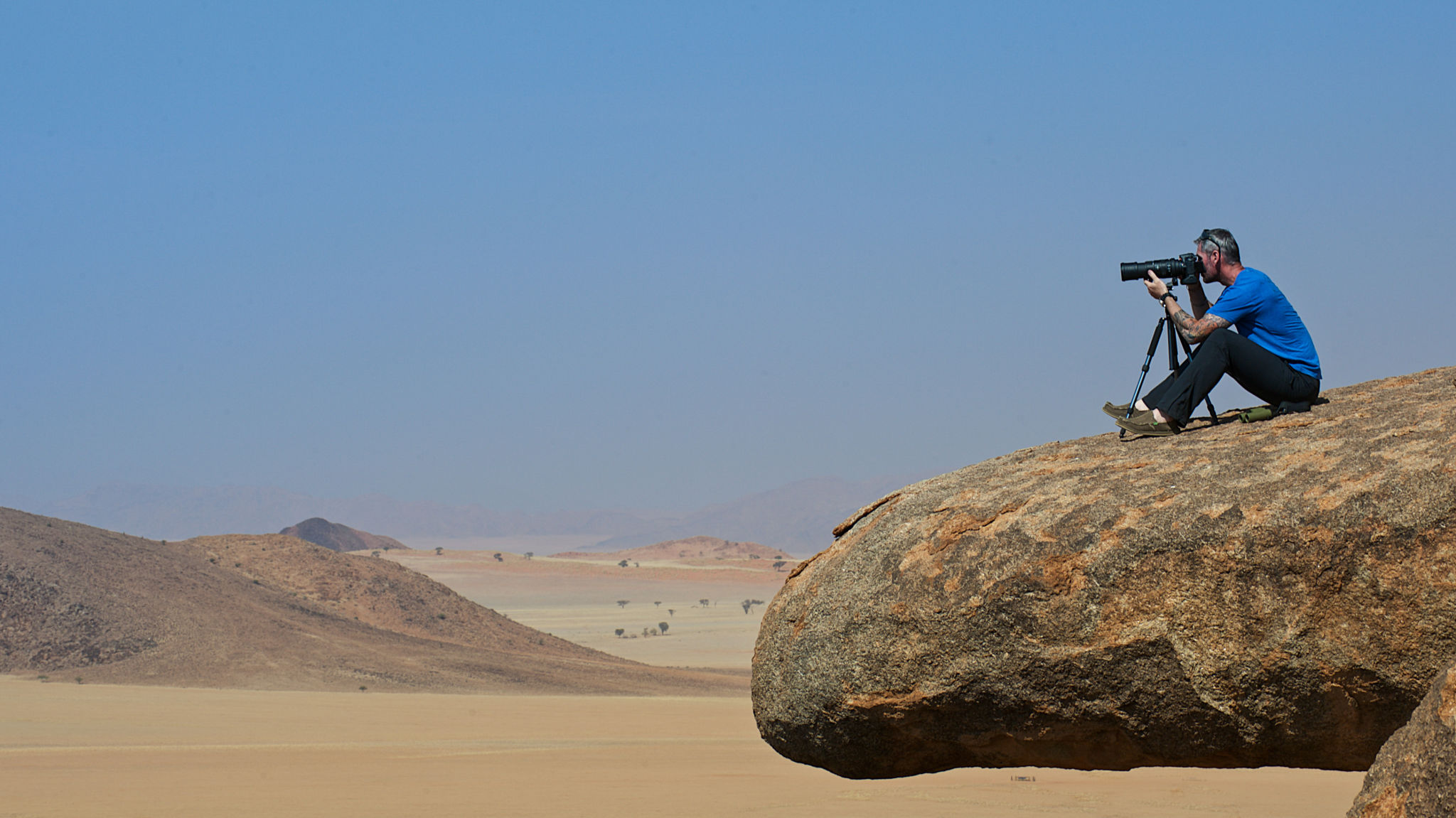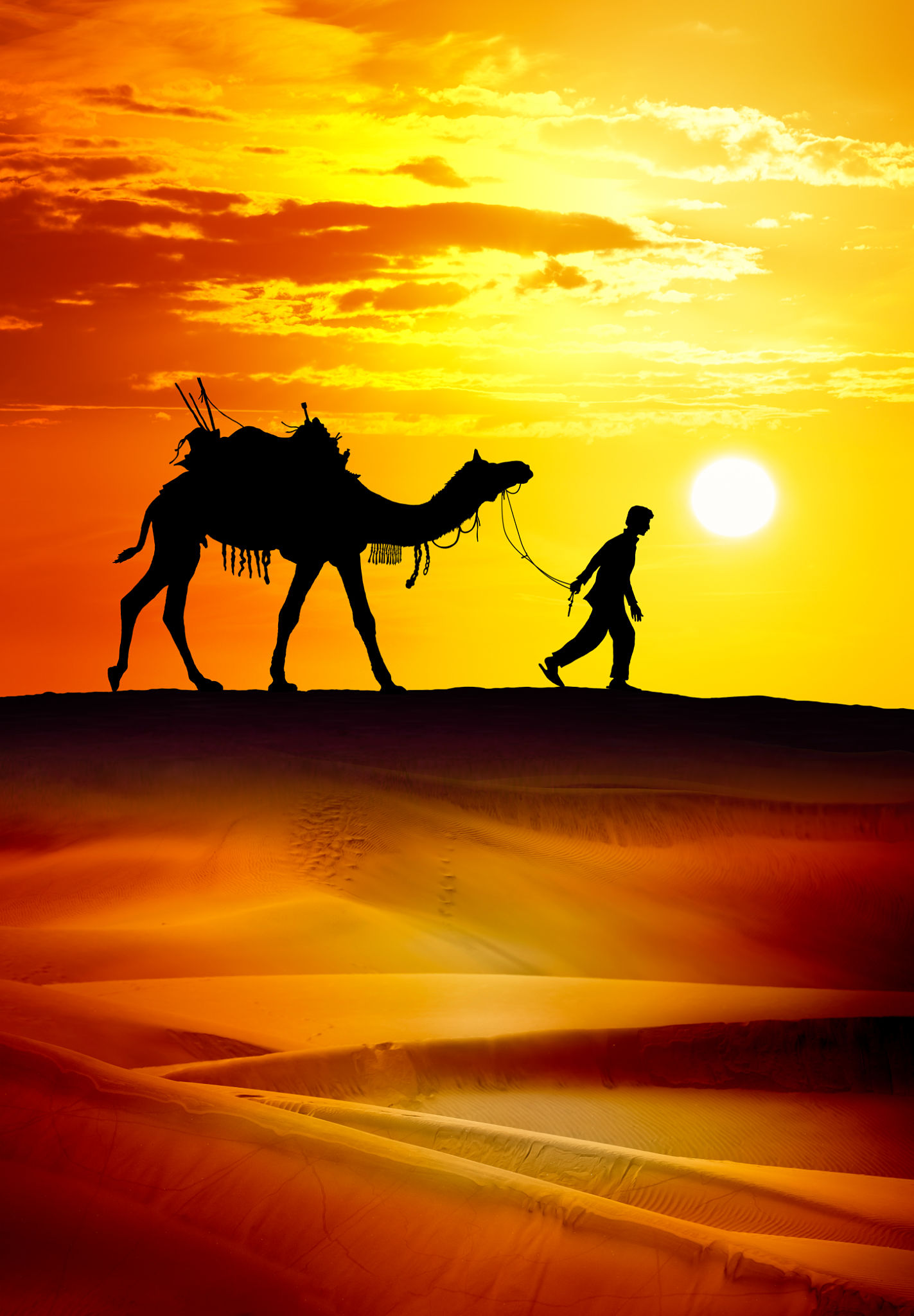Capture the Magic: Photography Tips for Your Sahara Desert Adventure
Preparation is Key
To truly capture the essence of the Sahara Desert, preparation is essential. Start by researching the best times to visit for optimal lighting and weather conditions. The golden hours, shortly after sunrise and before sunset, offer breathtaking opportunities for capturing the desert's unique hues and shadows. Additionally, ensure your camera equipment is ready and suitable for the harsh conditions of sand and heat.
Consider using a quality DSLR or mirrorless camera with a wide-angle lens to capture the vastness of the landscapes. Don't forget to pack extra batteries and memory cards, as these can be lifesavers in remote areas. A sturdy tripod is also recommended for stability during long exposure shots.

Mastering the Art of Composition
The Sahara is a canvas of endless beauty, and mastering composition will allow you to showcase its magnificence. Use the natural lines and curves of the sand dunes to lead the viewer's eye through your photograph. Position yourself at different angles to experiment with perspective and depth.
Incorporate elements such as camels, nomadic camps, or solitary trees to add interest and context to your images. Remember the rule of thirds to balance your compositions effectively, and don't shy away from breaking traditional rules to capture unique and captivating shots.
Playing with Light and Shadows
Light and shadows play a crucial role in desert photography, creating dynamic contrasts and highlighting textures. During sunrise and sunset, take advantage of the soft, warm light that enhances the desert's natural colors. Midday sun can create harsh shadows, but it can also be an opportunity to capture dramatic images with silhouettes.

Experiment with backlighting to create striking effects, and use filters such as polarizers to reduce glare and enhance colors. Pay attention to how shadows change throughout the day, and use them creatively to add depth and interest to your photos.
Capturing Movement
The Sahara is not just a static landscape; it is full of life and motion. Capturing movement, whether it's the shifting sands or a caravan of camels crossing the horizon, adds a dynamic element to your photographs. Use a slower shutter speed to convey motion blur effectively, or freeze action with a fast shutter speed for crisp, clear images.

Don't forget to capture the human element as well. Portraits of local inhabitants or fellow travelers can tell compelling stories and add a personal touch to your photographic journey.
Protecting Your Gear
The Sahara can be unforgiving when it comes to sand and heat. Protecting your camera gear is crucial to ensure it remains functional throughout your adventure. Use protective covers for your camera and lenses, and consider using silica gel packs in your camera bag to absorb moisture.
Regularly clean your equipment with a soft brush or cloth to prevent sand from damaging sensitive components. If possible, avoid changing lenses in windy conditions to minimize the risk of sand entering your camera body.
Post-Processing Tips
Once you return from your desert adventure, post-processing can help bring out the best in your photographs. Use software like Adobe Lightroom or Photoshop to enhance colors, adjust exposure, and highlight details that may have been lost in harsh lighting conditions.

Be mindful not to over-edit; aim for a natural look that accurately represents the awe-inspiring beauty of the Sahara. Cropping can also help improve composition and remove any distracting elements from your images.
Sharing Your Journey
Finally, share your photographic journey with others. Create a photo book or an online gallery to showcase your work, or share your images on social media platforms with relevant hashtags to connect with fellow travelers and photography enthusiasts.
Your Sahara Desert adventure is more than just a trip; it's an opportunity to capture extraordinary moments that will inspire others and evoke the wonder of this majestic landscape. With these tips in hand, you're ready to embark on an unforgettable photographic expedition.
